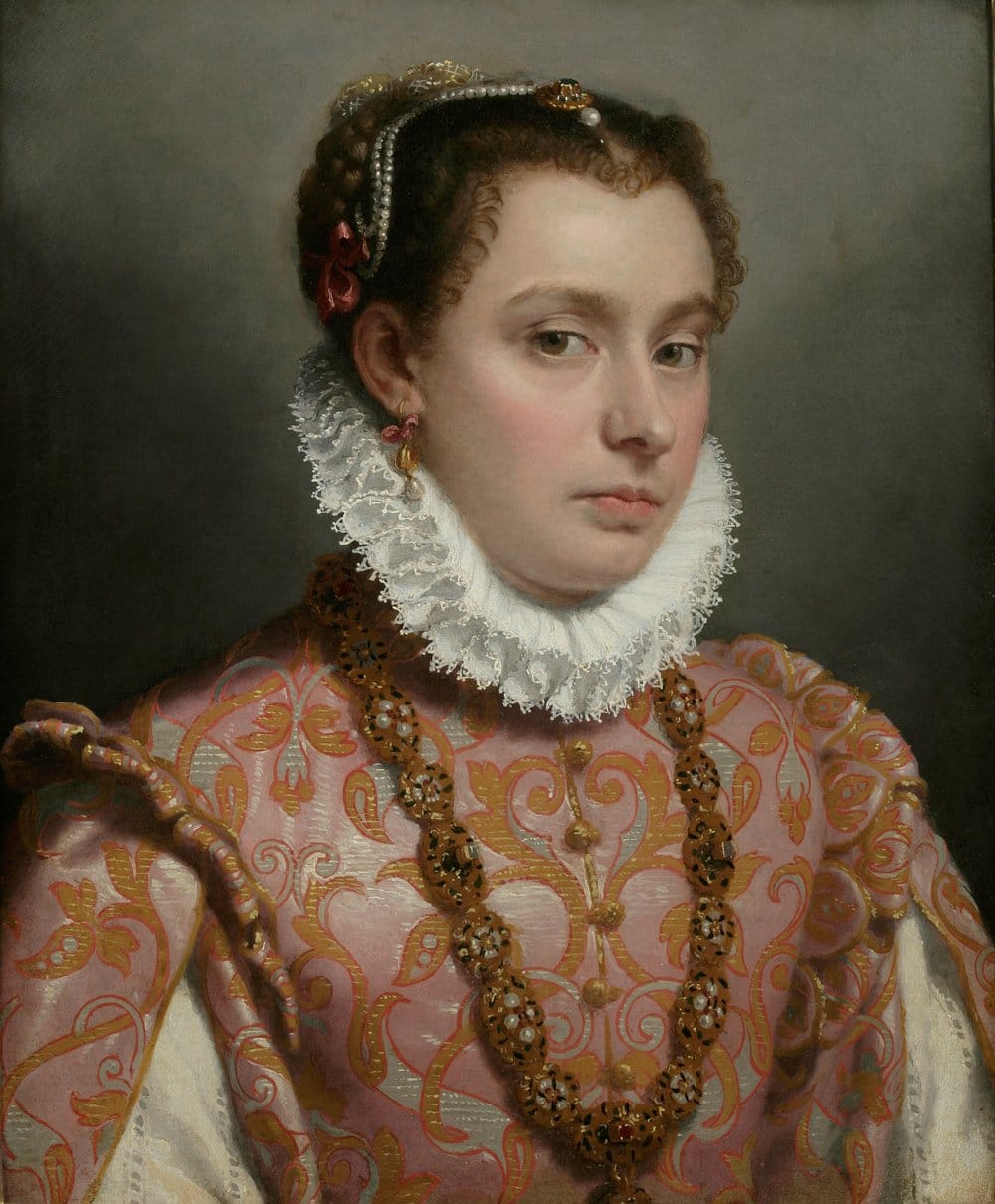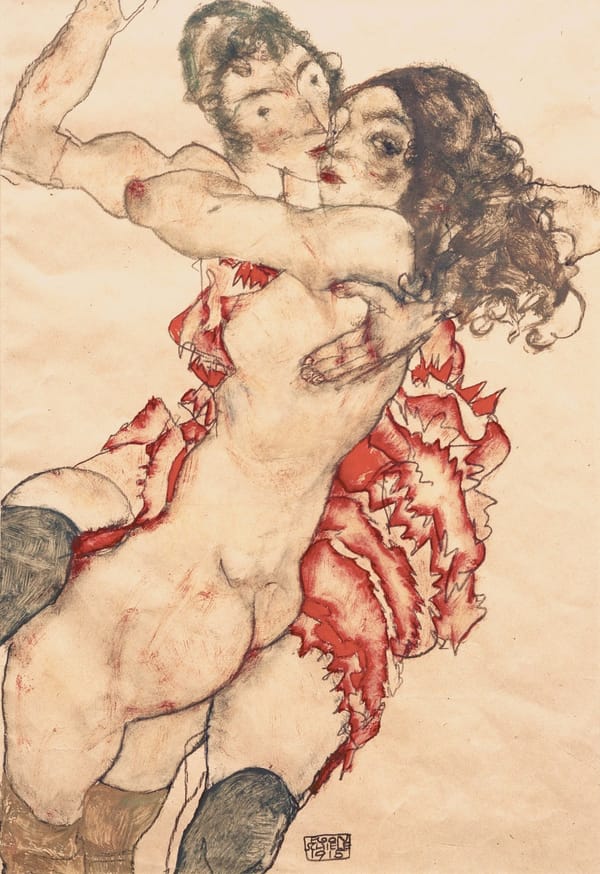Discover the Life Work of an Italian Master
Lizzie Riach is transported back in time by the RA’s Moroni exhibition

Are you interested in portraiture and the state of affairs in Italy during the sixteenth century? Have you ever wondered how the great masters like Caravaggio and Velasquez were inspired? The answers lie in the Royal Academy’s latest exhibition, where you are faced with works from throughout the life of Giovanni Battista Moroni, a relatively unknown Italian painter who was able to capture the likeness and personality of his sitters with apparent ease. The portraits are done with such skill that they seem to capture precise moments in time rather than simply standing in the room you are transported back to late Renaissance Italy.
The rooms are grouped with the type of sitters Moroni painted, one of the best being the full-length portraits of the aristocrats. The clothes worn by Italy’s top class are beautifully portrayed, with extraordinary details such as lace and pearl beads. As light reflects off the taffeta skirts or velvet trousers of the men and women that surround you, somehow you know exactly how the material would have felt
One of the brightest pieces – which happens to be my personal favourite – is a portrait of Gian Gerolamo Grumelli. Aptly titled ‘The Man in Pink’, Grumelli is shown wearing a Spanish-style tight-fitting jacket with puffed pantaloons, both beautifully embroidered with silver, paired with pink stockings and shoes of the same vibrant shade. As your eyes adjust to the colour and detail, you soon realize that a lot of thought had gone behind his costume of choice: the Grumelli’s coat of arms was a coral branch with the motto “Far from my tears it reddens and turns to stone”; the center of the portrait culminates in a jet-black sword resting in Grumelli’s hand, depicting him to be a man of action. Next to him hangs a picture of his wife at the time – Isotta Brembati – also dressed in a stunningly intricate gown. Although being positioned next to each other, Moroni illustrates how important each of the characters were individually, and keeps the viewers concentrated on the individual figures through use of simple grey stone backgrounds, each tailored specifically to the person’s identity.
Each character has a different title and story, drawing you into the politics and connections each person had – sometimes with other individuals hanging just across the room. As you progress you find yourself amongst Moroni’s later works, which are different from the aristocrats; rather than creating an elegant air they capture the real life of the person. The use of tone differs with a limited palette of colours used, offset with only a small vibrant portion of bright hue. As the portraits stare mysteriously out at you, we are compelled to know more about them, with the context adding to the experience.
This well-crafted exhibition shows this obscure artist’s progression in skill throughout his life in regards to brushstroke, likeness and expression as well as his use of colour. It not only displays the works in their full glory, but also explains details of the sitters’ lives, allowing us the rare chance to immerse ourselves fully in Moroni’s wonderful world.
Giovanni Battista Moroni is on at The Sackler Wing of The Royal Academy, until 25th January 2015.
Tickets are £12 for adults; £10 for students; members and under-16s go free.









